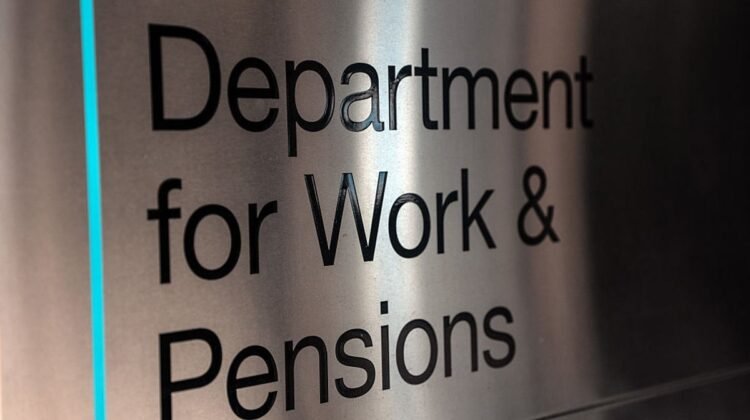
Pensioners could be set for a £500 boost to state pension next year – here’s why
Pensioners could be set for a boost from April next year, with the state pension looking set to rise by up to £538.
That’s because of the rules around the state pension triple lock and how recent economic data sets out the likelihood of a rise.
At present, increases to the state pension are decided by either inflation, wage growth or 2.5 per cent – whichever is the highest. That is to ensure pensioners’ income doesn’t leave them trailing as living costs continue to increase – though with people living longer and the pension bill escalating rapidly, change is likely to come in the future.
Employment data released on Wednesday shows the UK job market slightly cooling, with lower vacancies at present still counteracted by wage growth – one of the three factors dictating state pension payment changes.
How much is the state pension and how much will it go up?
Next month is when data around wages will count for 2026/27, so this month gives a good indication of where we are headed.
Right now, the full new state pension is £230.25 a week, or £11,973 per year.
But with inflation expected at 4 per cent across much of the rest of 2025 and pay growth easing back to 4.6 per cent, a rise of between 4.0 and 4.5 per cent is estimated to be the outcome.
That equates to £478.92 extra at the lower end, and £538.79 at the higher end of the scale.
Will I need to pay tax?
However, with that rise in state pension income comes another dilemma for those receiving it: the potential for paying taxes they didn’t previously need to.
“This isn’t the crunch month for the triple lock, but we’re not far off now. Total pay is up 4.6 per cent in the year to April-June, and it’s the May-July figure that counts for the triple lock,” explained Sarah Coles, head of personal finance at Hargreaves Lansdown.
“A rise of 4.0 to 4.5 per cent means the state pension would be between £12,451 and £12,512. This would bring it within touching distance of the personal allowance – so anyone with even a very modest personal pension income could end up paying income tax.”
Get a free fractional share worth up to £100.
Capital at risk.
Terms and conditions apply.
ADVERTISEMENT
Get a free fractional share worth up to £100.
Capital at risk.
Terms and conditions apply.
ADVERTISEMENT
The standard Personal Allowance is £12,570, which is the amount of income you do not have to pay tax on, the government website notes.
Beyond that figure – so receiving a full state pension would mean just an extra £59 – the basic tax rate would apply. That includes income from property, dividends, earnings or elsewhere.
It’s important to remember the tax would only be paid on the portion of income above the personal allowance threshold, not the entire amount.
That also remains dependent on no changes to the tax threshold levels, the triple lock remaining in effect, and the Treasury backing the increase order during their March review. The numbers apply to the new state pension rather than the basic state pension, which is for those born before 1951 (men) or 1953 (women).
“The Bank of England expects inflation to ease in the coming months, so that by the time we get to the state pension rise in April next year, this increase might be well ahead of annual price rises at the time,” Ms Coles continued.
“Of course, this is only part of the picture. Inflation has been particularly focused on household bills and food prices, which pensioners on lower incomes spend a larger proportion of their income on. It means many of those who rely heavily on the state pension will be holding their breath for the rise in the spring.”







